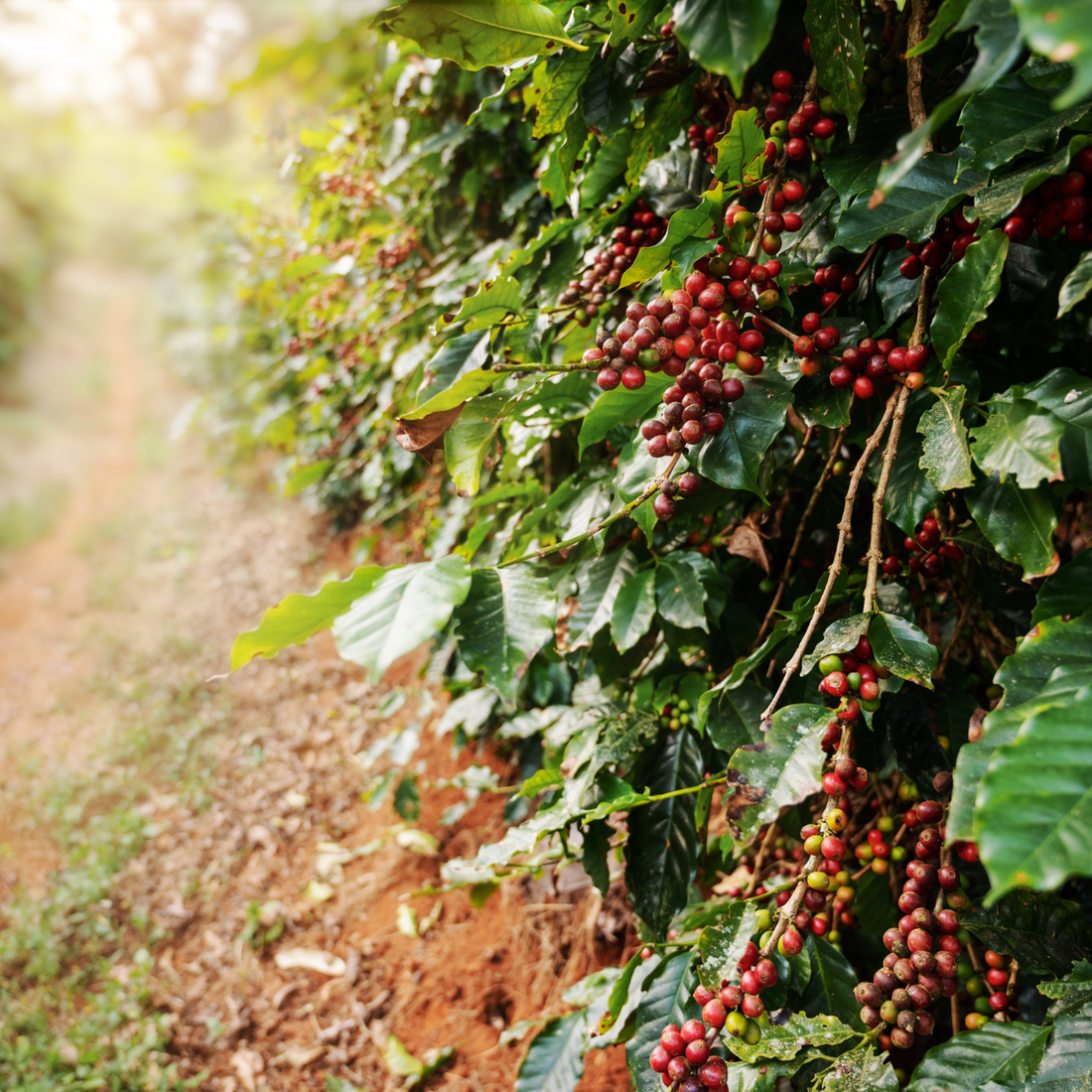
From Farm to Cup: Understanding the Coffee Supply Chain
Introduction
Coffee is one of the most popular beverages in the world, enjoyed by millions of people every day. But have you ever wondered how that cup of coffee ended up in your hands? The journey from farm to cup is a complex and fascinating one, involving many different people and processes. In this article, we’ll take a closer look at the coffee supply chain and explore how coffee goes from bean to cup.
The Coffee Supply Chain
The coffee supply chain is made up of several key players, each with their own role to play:
- Farmers: Coffee farmers are responsible for growing and harvesting coffee beans. They may work on small family farms or large plantations.
- Exporters: Exporters buy coffee beans from farmers and sell them to importers.
- Importers: Importers buy coffee beans from exporters and sell them to roasters.
- Roasters: Roasters buy green coffee beans and roast them to create the roasted coffee we all know and love.
- Retailers: Retailers sell roasted coffee to consumers in coffee shops, grocery stores, and online.
The Coffee Supply Chain in Action
Let’s take a closer look at how the coffee supply chain works in practice:
- A coffee farmer in a country like Brazil or Colombia grows and harvests coffee beans.
- An exporter buys the beans from the farmer and ships them to an importer in a country like the United States or Canada.
- The importer sells the beans to a roaster, who roasts them and creates the coffee we drink.
- The roaster sells the coffee to retailers, who sell it to consumers.
The Challenges of the Coffee Supply Chain
While the coffee supply chain may seem straightforward, there are many challenges involved in getting coffee from farm to cup:
- Climate Change: Coffee is grown in many countries that are vulnerable to the effects of climate change, such as droughts and floods.
- Price Volatility: Coffee prices can fluctuate widely due to factors such as weather, disease, and political instability.
- Labour Practices: Coffee farming is often labour-intensive and low-paying, leading to concerns about fair wages and working conditions for farmers.
- Sustainability: Coffee farming can have negative environmental impacts if not done sustainably, leading to soil erosion and deforestation.
Conclusion
The coffee supply chain is a complex and fascinating system that involves many different people and processes. Understanding the journey from farm to cup can help us appreciate the hard work that goes into producing the coffee we enjoy every day, as well as the challenges that must be overcome to ensure a sustainable and fair coffee industry.